Description
Temperature of water and amount of leaves: 100 C 6,5g/100ml.
Suggested brewing method: Yixing clay teapot or gaiwan of low capacity. First, you should pre-heat empty teapot/gaiwan and tea cups with boiling water. When the teapot is warmed, then you put the tea leaves in. After smelling hot and dry leaves in the pot, rinse the tea for 20s seconds using boiling water and afterwards pour out all the water from your pot. The process of rinsing tea leaves is often defined as a waking the tea and is very important for quality of next brewings. Main aim of waking the tea is to remove caffeine and eventual pollution from old tea aged for many years. First drinkable infusion should be very short- not more than 10-20 second. We suggest to increase brewing time for 5-10 seconds in each next brewing.


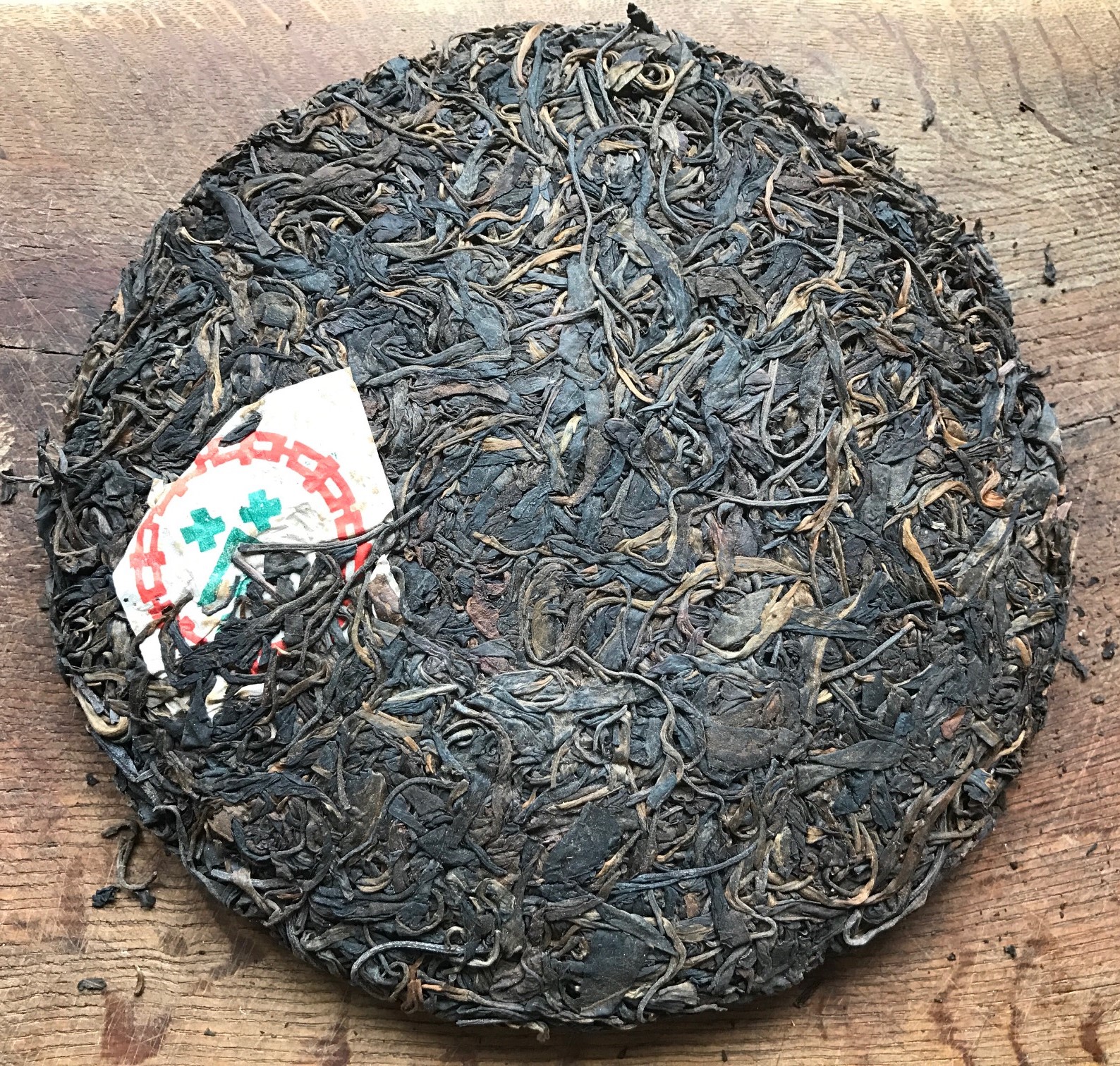
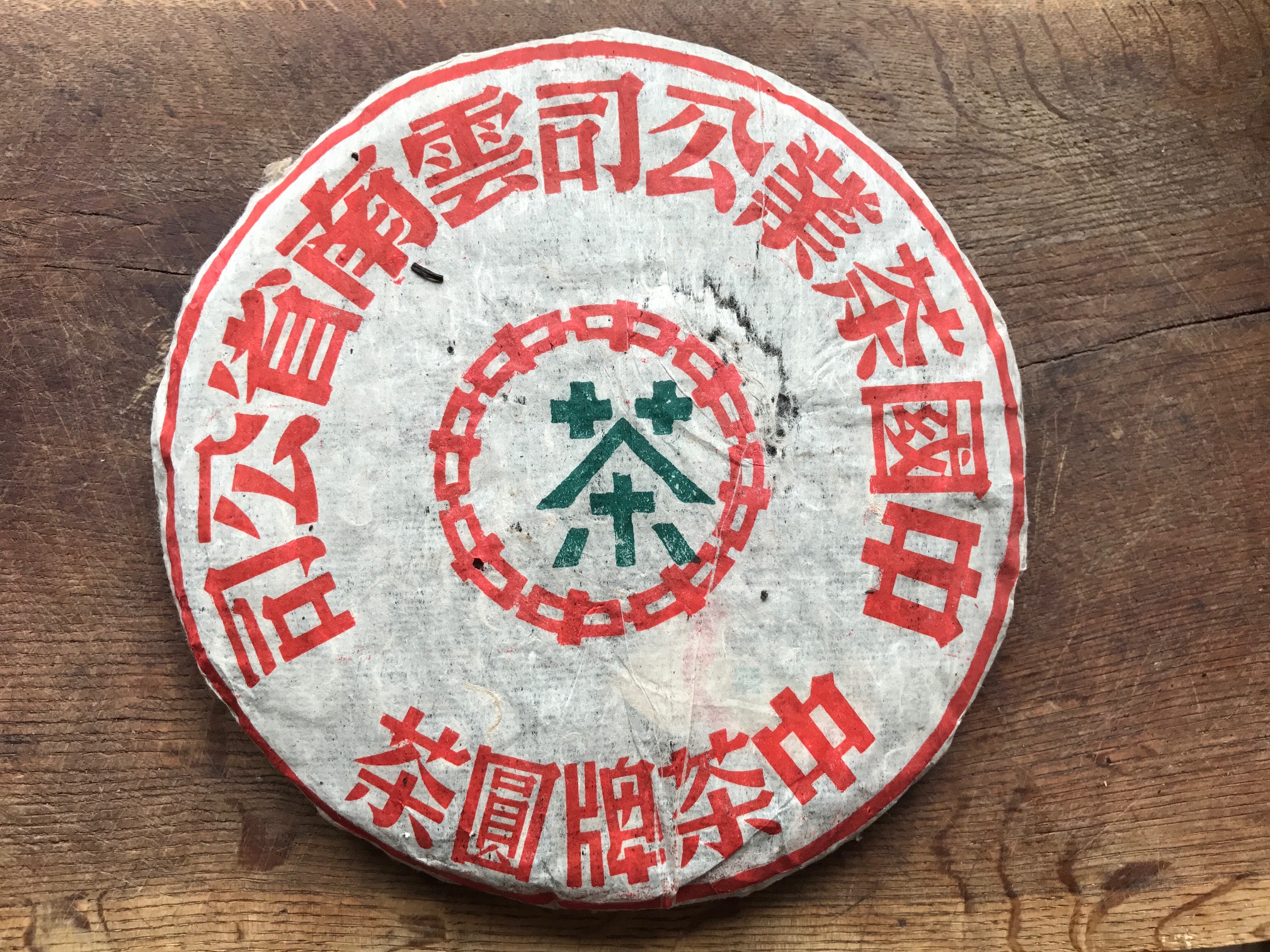
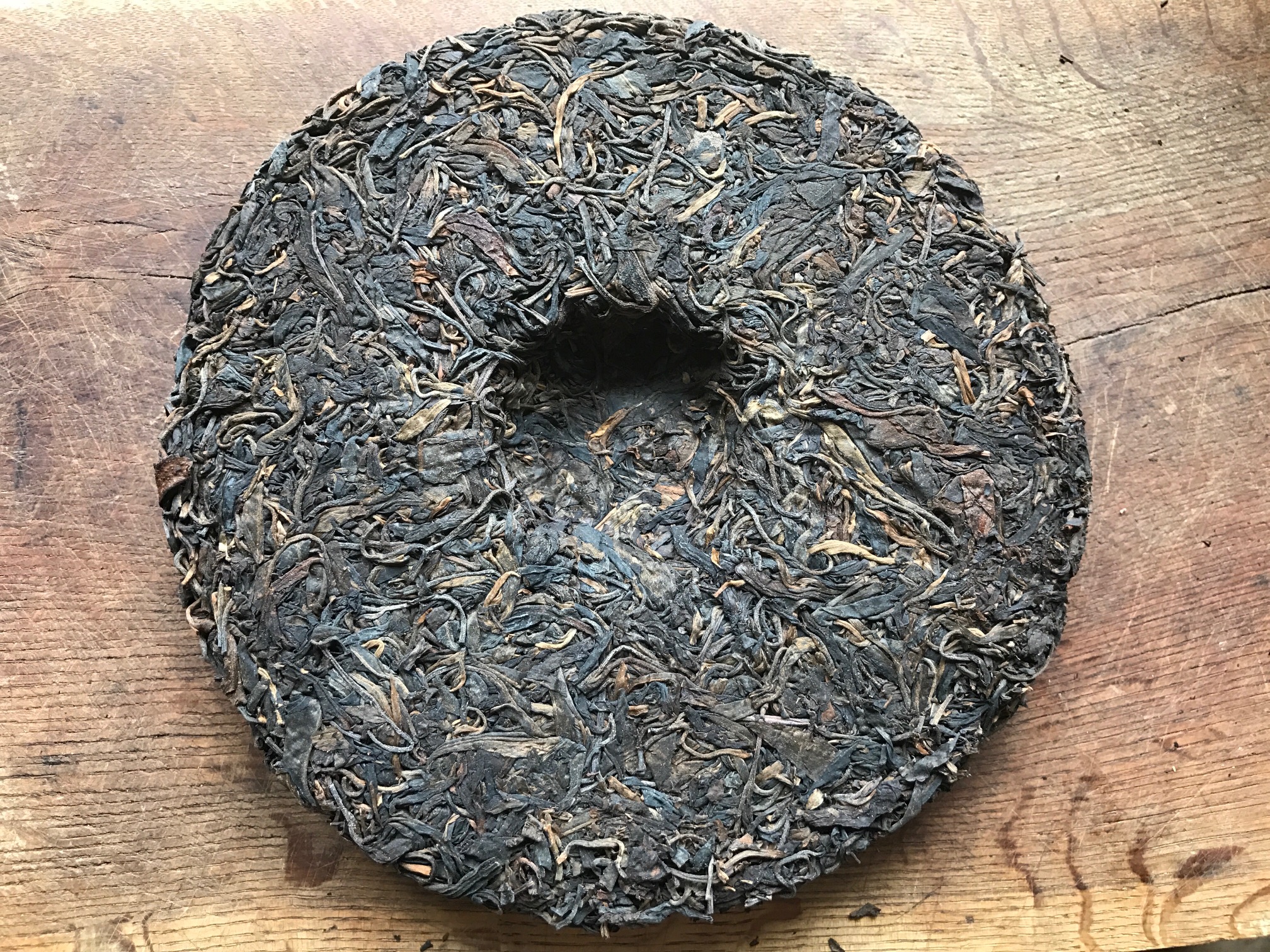
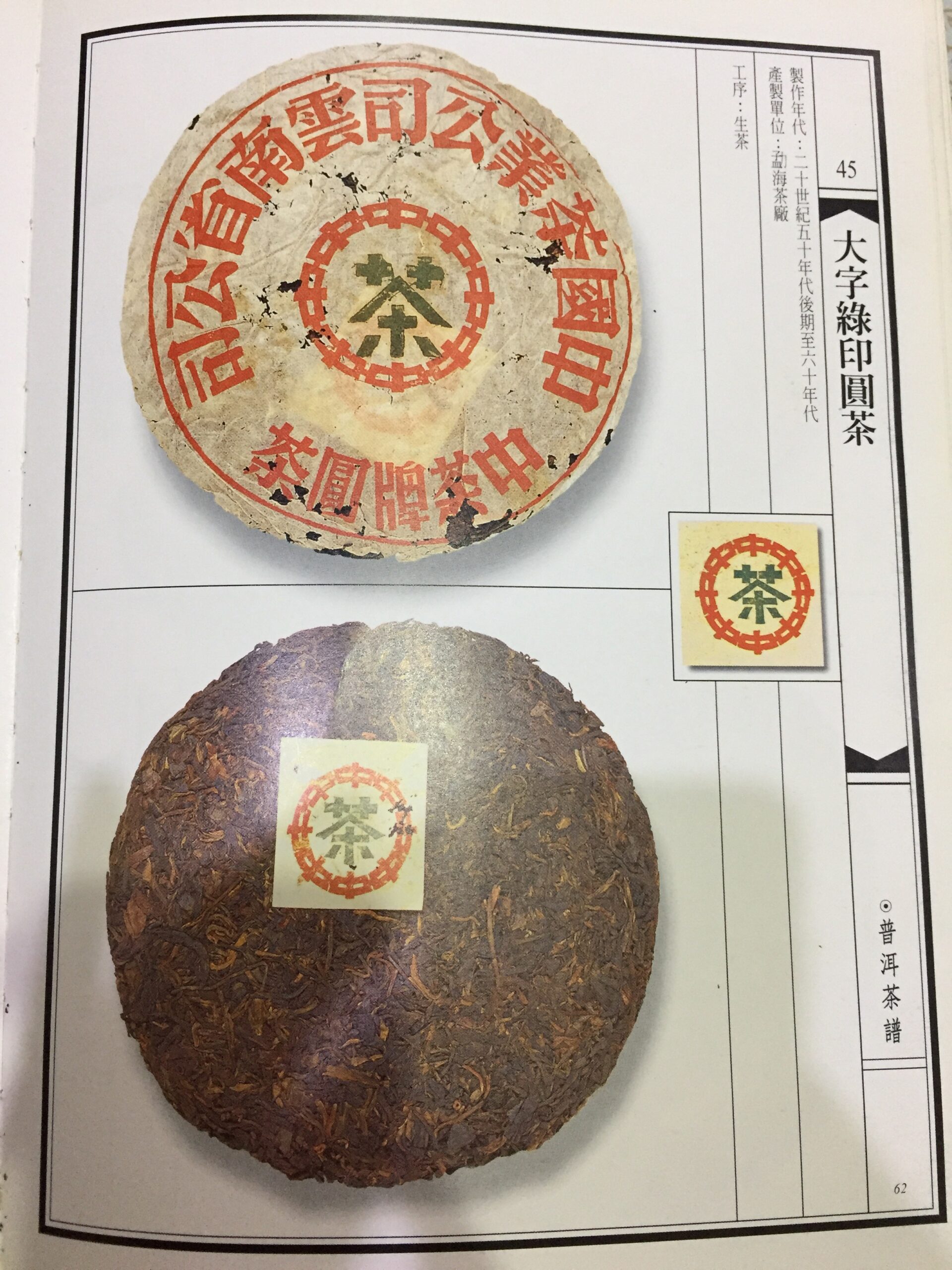
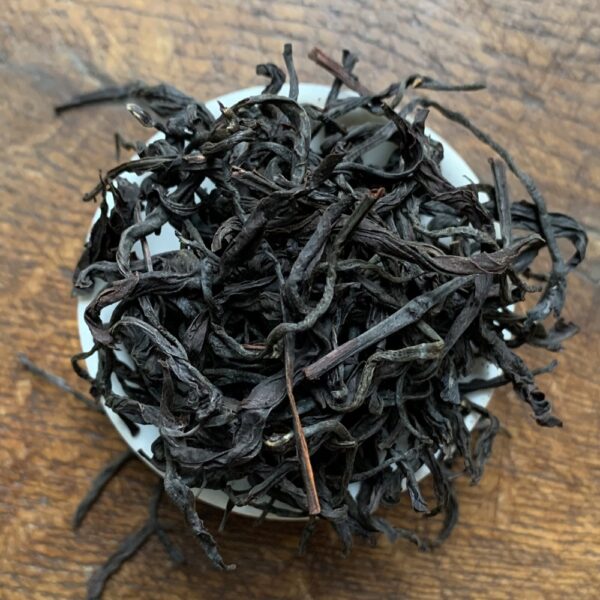
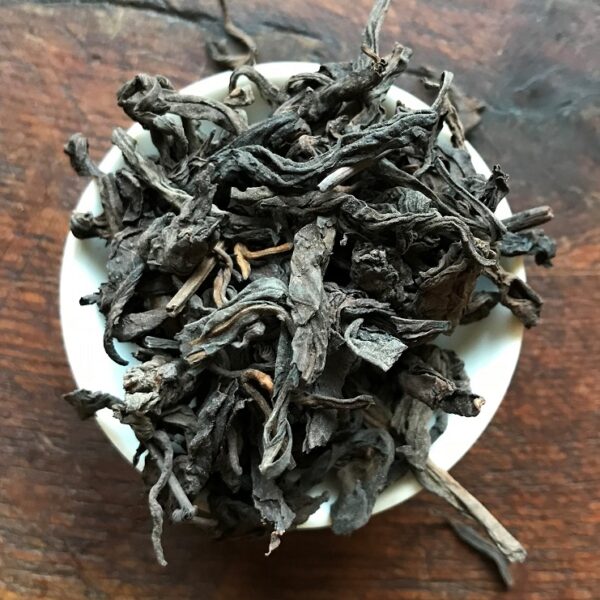
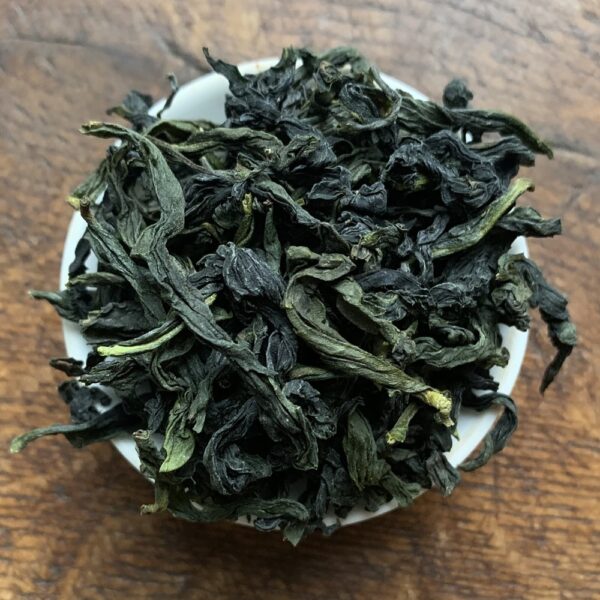
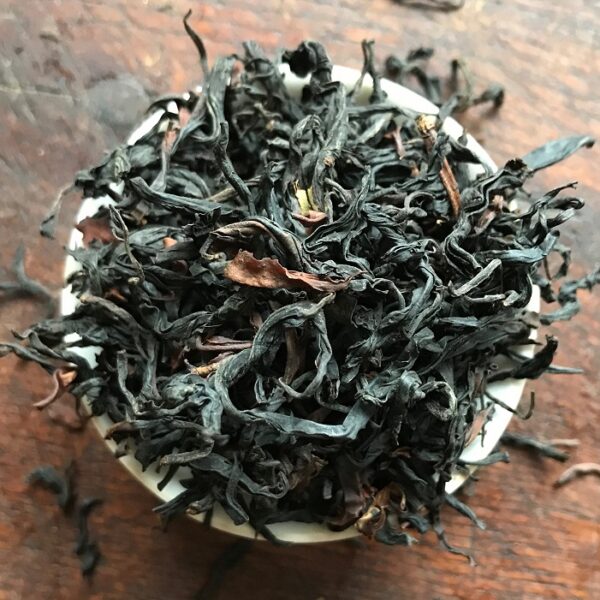
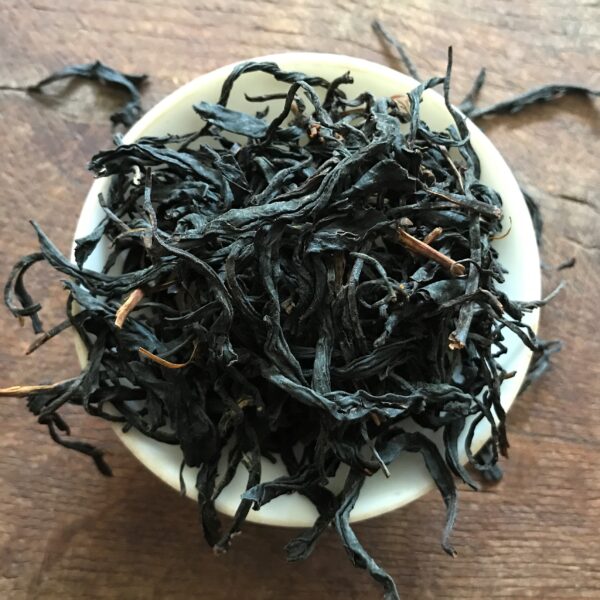
Marcin –
Smak orzech włoski i słodycz jak ze szkockiego whisky, przy mocniejszym parzeniu pojawia się goryczka jak skórki włoskiego orzecha, okazyjnie lekka mentolowa świeżość i suche zioła
Zapach ciemny miód i skorupki orzecha włoskiego
Tekstura oleista i wypełniająca usta z bardzo długim finiszem i odrobina powracającej słodyczy.
Zgadzam się z opisem, herbata bardzo elegancka, musiała być przechowywana w bardzo czystym magazynie.
Doskonała do picia teraz ale zapewnie jak większość herbat spod znaku CNNP będzie pięknie dojrzewała przez dziesiątki lat.
k.lasota (verified owner) –
Ma w sobie coś bardzo unikalnego, być może to sprawa złożoności smaku. Tak jak w opisie i w poprzedniej opinii zaznaczono, ja także wyczuwam bardzo mocno orzecha włoskiego, mentol i suche zioła; wychwyciłem jeszcze coś, co przypomina mi czerwonego buraka. Zapach kojarzy mi się mocno z ziemią, mokrą ściółką leśną, ta ziemistość jest także wyczuwalna w smaku. Ziemisto-ziołowo-orzechowa goryczka po przełknięciu gładko i stopniowo przechodzi w słodycz (mam dwa skojarzenia: miód i szarlotka). Najbardziej jednak w zaskoczyło mnie to, że za warstwą tych intensywnych “ciemnych” aromatów nadal kryje się coś bardzo specyficznego dla młodych, surowych pu erhów, co daje o sobie znać długi czas po przełknięciu tej herbaty. Zarówno smak, zapach, jak i kolor liści i naparu przenosi myślami do jesiennego, mokrego lasu.
kamisz77 (verified owner) –
Być może ocena na 5 jest za mała. Aromat, smak tak złożone, że cytuje “Można dużo pisać, ale lepiej się napić!”Totalne zaskoczenie.